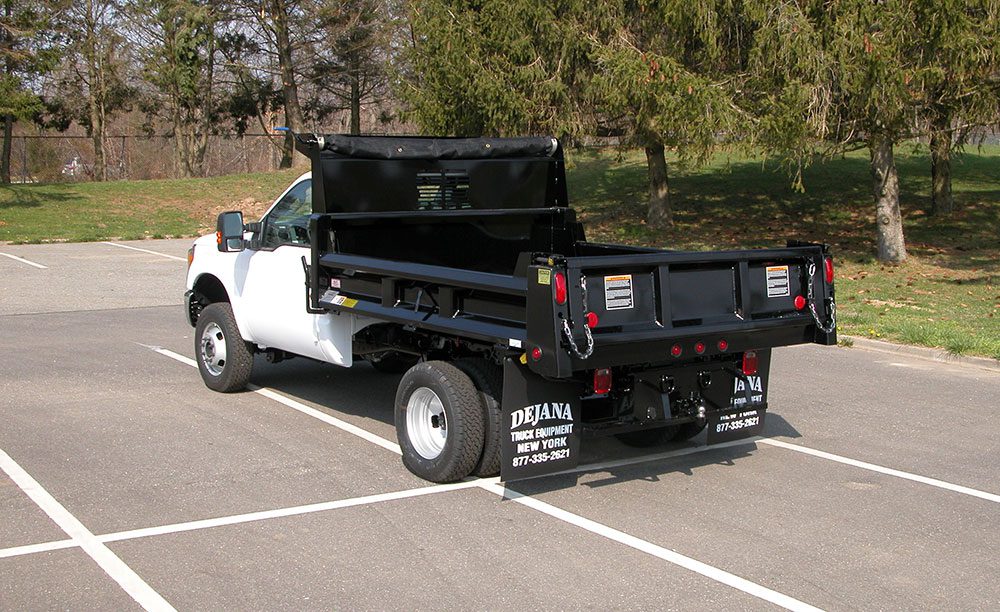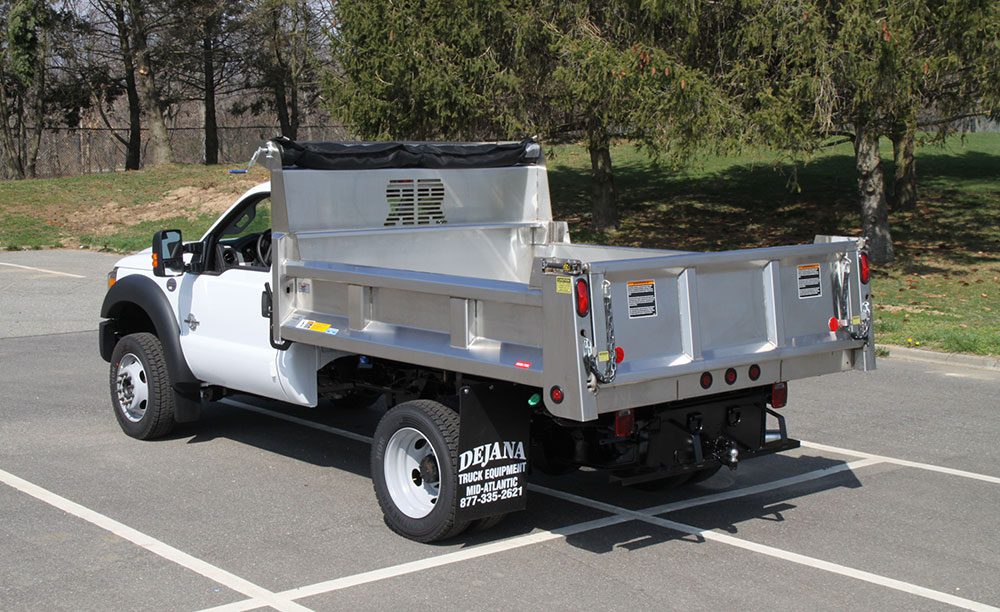Rugby dump body, a high-impact maneuver, is a captivating aspect of the sport. Understanding its mechanics, defensive strategies, legal implications, and ethical concerns is paramount. This comprehensive guide unravels the complexities of rugby dump body, empowering players, coaches, and enthusiasts alike.
Delving into the intricacies of rugby dump body, we explore the mechanics behind its execution, analyze common injuries associated with the maneuver, and provide expert tips to minimize risks. We also delve into the defensive techniques, variations, advantages, and disadvantages of using a rugby dump body.
Injury Analysis
A rugby dump body is a tackling technique in which the tackler wraps their arms around the ball carrier’s waist and drives them backward, forcing them to the ground. The technique is commonly used to stop ball carriers who are running at full speed and is considered one of the most effective tackles in rugby.
Mechanics of a Rugby Dump Body
To execute a rugby dump body, the tackler must position themselves in front of the ball carrier and drop their weight. They then wrap their arms around the ball carrier’s waist and drive their legs backward, lifting the ball carrier off the ground and forcing them to the ground.
Common Injuries Associated with a Rugby Dump Body
The most common injuries associated with a rugby dump body are:
- Neck injuries:The sudden impact of the tackle can cause the ball carrier’s neck to snap back, resulting in a neck strain or sprain.
- Back injuries:The force of the tackle can also cause the ball carrier’s back to arch, resulting in a back strain or sprain.
- Knee injuries:The ball carrier’s knees can be injured if they land awkwardly on the ground after the tackle.
How to Properly Execute a Rugby Dump Body
To minimize the risk of injury, it is important to execute a rugby dump body properly. The following tips can help:
- Keep your head up:This will help to protect your neck from injury.
- Wrap your arms around the ball carrier’s waist:This will help to secure the tackle and prevent the ball carrier from breaking free.
- Drive your legs backward:This will help to lift the ball carrier off the ground and force them to the ground.
- Land on your feet:This will help to prevent you from injuring your knees.
Defensive Technique

In the realm of rugby, mastering the art of the dump body is crucial for effective defense. It entails skillfully tackling an opponent to the ground while simultaneously forcing them to release the ball. This technique requires both precision and power, offering several variations to suit different situations.
Execution of a Rugby Dump Body
- Position Yourself:Approach the ball carrier from a slightly angled position, aiming for their legs or waist.
- Grip and Lift:Securely grip the opponent’s waist or legs, lifting them off the ground as you drive forward.
- Drive and Release:With a powerful drive, propel the opponent forward and to the ground, ensuring they release the ball before hitting the deck.
Variations of the Rugby Dump Body
- Front-On Dump:This variation involves tackling the opponent head-on, lifting them up and over.
- Sideways Dump:In this variation, you tackle the opponent from the side, driving them sideways and to the ground.
- High Dump:This technique targets the opponent’s upper body, lifting them high before driving them to the ground.
Advantages and Disadvantages of the Rugby Dump Body
Advantages:
- Effectively forces the ball carrier to release the ball.
- Can disrupt the opposition’s momentum and gain possession.
- Can be used in various situations, depending on the variation.
Disadvantages:
- Requires significant strength and technique to execute effectively.
- Can be dangerous if not performed correctly, potentially causing injury to the tackler or the ball carrier.
- Can be challenging to use against opponents who are particularly large or strong.
Rugby Laws and Regulations
The laws and regulations governing the use of the rugby dump body are designed to protect the safety of players and ensure fair play. The laws state that a dump body is legal only if the tackler is below the ball carrier’s waist and wraps their arms around the ball carrier’s legs.
The tackler must also bring the ball carrier to the ground in a controlled manner.If a tackler performs an illegal dump body, they may be penalized or even sent off the field. The referee will consider the severity of the offense when making a decision.
Consequences of Performing an Illegal Rugby Dump Body
The consequences of performing an illegal rugby dump body can be severe. The tackler may be penalized or even sent off the field. The team may also be awarded a penalty kick or a free kick. In addition, the injured player may be forced to leave the game.
Ethical Considerations

Rugby dump body is a controversial technique that raises ethical concerns regarding player safety and fair play. It’s crucial to examine the potential risks and implications associated with this maneuver to promote responsible and ethical practices in the sport.
The primary ethical concern with rugby dump body is the risk of injury. Dumping a player directly onto their back or head can lead to severe spinal cord injuries, concussions, and other potentially life-threatening conditions. The impact forces involved in a dump body can be immense, putting players at risk of catastrophic consequences.
Promoting Fair Play and Minimizing Risk
To promote fair play and minimize the risks associated with rugby dump body, several recommendations can be made:
- Education and Awareness:Players, coaches, and referees should be thoroughly educated about the dangers of dump body and its potential consequences.
- Rule Enforcement:Strict enforcement of existing rules prohibiting dangerous tackles, including dump body, is essential to deter players from using this technique.
- Technique Modifications:Encouraging players to use safer tackling techniques, such as the wrap tackle, can reduce the risk of injuries while still allowing for effective defense.
- Sanctions and Penalties:Imposing appropriate sanctions and penalties for illegal tackles, including dump body, sends a clear message that such behavior is unacceptable.
- Culture of Respect:Fostering a culture of respect and sportsmanship within rugby can help prevent players from resorting to dangerous tactics like dump body.
Conclusion

In conclusion, rugby dump body is a complex and multifaceted maneuver that requires proper execution, adherence to regulations, and ethical considerations. By embracing the guidelines Artikeld in this guide, players can enhance their defensive capabilities, minimize injury risks, and promote fair play on the rugby field.
Helpful Answers: Rugby Dump Body
What are the key mechanics of a rugby dump body?
A rugby dump body involves wrapping the arms around the ball carrier’s legs, lifting them off the ground, and driving them backward with force.
What are the common injuries associated with a rugby dump body?
Common injuries include neck, shoulder, and back injuries for both the ball carrier and the tackler.
How can I minimize the risk of injury when performing a rugby dump body?
Proper technique, including maintaining a low body position and using the legs to drive the tackle, is crucial in minimizing injury risk.